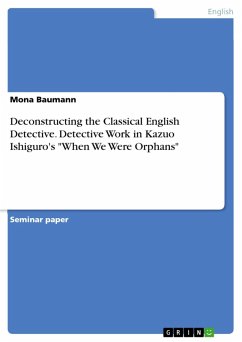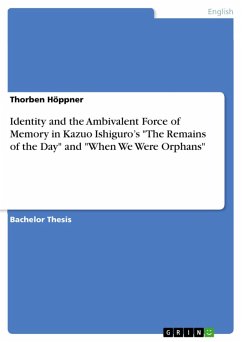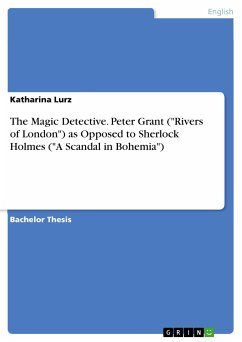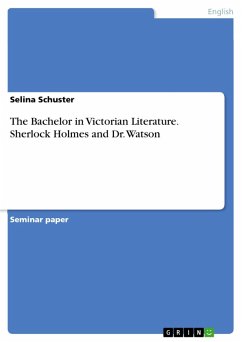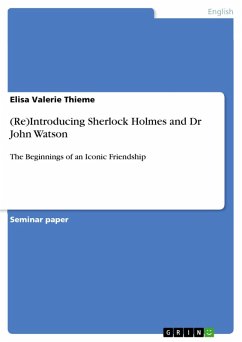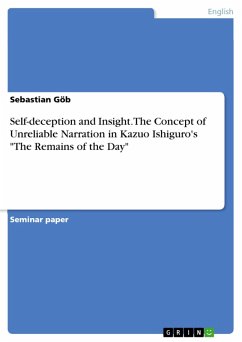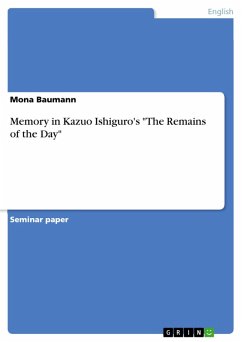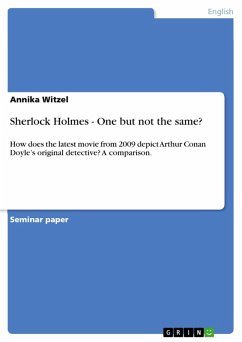Seminar paper from the year 2018 in the subject English Language and Literature Studies - Literature, grade: 1,7, University of Frankfurt (Main) (Institut für Englisch- und Amerikastudien), course: Transcultural Crime Writing, language: English, abstract: This paper describes Kazui Ishiguro's Detective Christopher Banks and compares him to Arthur Conan Doyle's Sherlock Holmes. Crime fiction is one of the most successful, extensive and international genres of the late twentieth and the early twenty-first century. Detective fiction is very versatile, consisting of the whodunit, thriller, private eye and hard-boiled, just to name a few subgenres. In a detective story, the reader expects a crime as well as doubt about motive, means and perpetrator, provided with a fair trail of clues to investigate and solve the crime. Nineteenth-century detective fiction shed a light on the British Empire in a destabilising whilst at the same time reassuring way for national readers. England's aggressive authority and force were considered a frequent method of maintaining social control and were therefore often addressed by late-eighteenth and early-nineteenth-century writers. Detective stories were able to turn such obsolete aggression into a more contemporary, benign authority by offering detection as a possibility to avoid despotic representations of government authority. Modern British detective fiction tends to include transcultural perspectives. Today, writers use a variety of topics, sometimes even combined with ancient myths or tales in order to attract more readers at home and abroad. The British author Elly Griffiths, for example, set the plot of her novel Smoke and Mirrors in Brighton in 1951, where the bodies of two missing children, dubbed by the newspapers as 'Hansel and Gretel', were found, giving the story a fairy-tale touch. The Nobel Prize winning writer Kazuo Ishiguro also went back in time for his novel "When We Were Orphans". The author might not be the first coming to mind when thinking about detective fiction. In his novels, Ishiguro explores the topic of cultural identity. The novel is full of allusions to Sherlock Holmes. Small details and objects remind the reader of the iconic investigator and even characters in the book compare Holmes and Banks, who is impressed by Doyle's mysteries. As Barry Lewis claims, Ishiguro's protagonist may be investigating his past life "with Holmes-like meticulousness". Nevertheless, When We Were Orphans does not describe a detective as depicted in Doyle's Sherlock Holmes Stories. In Ishiguro's novel, the structure of the story, the detective's associates and the detective's character are presented differently and not in a Holmesian way.
Dieser Download kann aus rechtlichen Gründen nur mit Rechnungsadresse in A, B, BG, CY, CZ, D, DK, EW, E, FIN, F, GR, HR, H, IRL, I, LT, L, LR, M, NL, PL, P, R, S, SLO, SK ausgeliefert werden.

